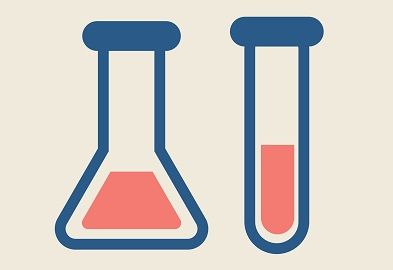 In our day to day life, we came across a number of three-dimensional (3-D) objects, which has a certain volume. The volume of a substance is the total amount of space that it covers, i.e. when we measure the space region taken up by a solid object it is called as volume. Conversely, Capacity alludes to the quantity of something that a container holds. In short, capacity is the container’s volume.
In our day to day life, we came across a number of three-dimensional (3-D) objects, which has a certain volume. The volume of a substance is the total amount of space that it covers, i.e. when we measure the space region taken up by a solid object it is called as volume. Conversely, Capacity alludes to the quantity of something that a container holds. In short, capacity is the container’s volume.
Due to many similarities, the volume is often confused with capacity, but there are less but significant differences between volume and capacity, which one can understand by learning their meaning, unit of measurement, etc.
Content: Volume Vs Capacity
Comparison Chart
| Basis for Comparison | Volume | Capacity |
|---|---|---|
| Meaning | Volume implies the total amount of space covered by an object. | Capacity refers to the objects ability to contain a substance, i.e. solid, liquid or gas. |
| What is it? | It is the actual amount of something, which covers a definite space. | It is the potential amount of substance, which an object is able to hold. |
| Measurement | Measured in cubic units, such as cubic centimeter, cubic meter. | Measured in metric units such as liters, gallons, etc. |
| Object | Both solid and hollow objects have volume. | Only hollow objects have capacity. |
Definition of Volume
In mathematics, the term ‘volume’ is used to mean the amount of three-dimensional space, which is occupied by the matter. It is nothing but space, taken up by the substance which can be solid, liquid or gas. It measures the overall size of the closed surface.
The volume of an object can be calculated by multiplying its length, width and height. Normally, it is measured in cubic units, i.e. cubic meters, cubic centimetres, cubic litres, etc., which indicates the number of cubes required to fill the object. Further, depending on the shape of the object, its volume changes. The assessment of the volume of an object gives an insight of how much space is covered by the object.
Definition of Capacity
The term ‘capacity’ is understood as the ability of the hollow object to hold substance, i.e.,. solid, liquid or gas. It is a measure, that ascertains the amount of space available in a container, that can be filled with matter. In other words, the total amount of matter that can be contained in the object is the capacity of the container.
You might have observed, that when we fill air or fluid in a hollow object, it takes the shape of the container. So, the maximum amount of matter that the container is capable of holding is its capacity. It is measured in metric units, i.e. millilitres, litres, kilolitre, gallons, etc.
Key Differences Between Volume and Capacity
The points presented below are significant so far as the difference between volume and capacity is concerned:
- The amount of space, which a substance takes up, is known as volume. The maximum amount of a substance, that an object can contain, is known as its capacity.
- The Volume of a substance is the measure of the space covered by it. On the other hand, an object’s capacity is nothing but the amount of space, interior to the object which can be filled.
- Volume is always measured in cubic units, such as cubic centimetre, cubic meter. Conversely, capacity is measured in metric units, such as millilitres, litres, gallons, pounds, etc.
- When an object is solid, it has only volume, but if an object is hollow, it has both volume and capacity.
Example
Suppose there is a tank filled with water, so the volume is the space occupied by the tank and the water, inside the tank, while its capacity is the quantity of water needed to fill the tank.
Conclusion
After a detailed discussion on the two topics, you might have understood that volume means what amount of space taken up by the matter, whereas capacity means what amount of space is present for the matter to occupy.
The term capacity is used with respect to containers, beakers or any other hollow object. Further, the capacity of a container cannot be changed, but the volume of matter inside the container can be changed by increasing or decreasing the quantity of matter.






danika says
this is very hard to understand
dimpho says
nice and clear explanation, thank you .
Suku Makama says
this was so helpful !
Paul says
what about a balloon? is the capacity still fixed? because it will burst at a certain point? Or do we think of a balloon that can have it’s capacity increased?
Victor says
Thank you so much. I understand it now